Two years after Volkswagen announced plans to revive the long dormant Scout brand, we got a first look at the two new products it will be bringing to market. And there were some surprises, including news that the Scout Terra and Traveler models will be offered with a choice of all-electric and range-extended drivetrains. Headlight.News caught up with several of the brand’s top execs and reveals several other exciting details.
If you caught the streaming debut of the new Scout brand Thursday night – or read the story here on Headlight.News — you’ve gotten a first look at the brand’s two new products: the Scout Traveler SUV and Scout Terra pickup. The order bank now has opened up and you can get in line with a $100 fully refundable deposit.
Let’s start out with some of what else was revealed. To start with, both those models are ground-up designs and share a unique body-on frame platform. They’re designed for serious off-roading and will be available with up to 35-inch tires, will have a foot of ground clearance and will be able to ford nearly three feet of water.
Terra and Traveler will use electric drive technology but, in the biggest bombshell announcement, officials revealed that buyers will have the option of a 350-mile all-electric or opting for a range-extender system that will add an internal combustion engine that will serve as a generator, keeping the batteries charged up and extending range to 500 miles.
Now, let’s get into all the new stuff Headlight.News has learned:
(Almost) ready to go
When he joined Scout in May 2023, after a long and well-respected run at Fiat Chrysler – then Stellantis — design chief Chris Benjamin discovered a surprising amount of work had already been done on the two Scout models. The basic styling had been worked out but a lot of refinement still was needed.
What we saw this week, Benjamin noted are essentially production ready designs. There are a handful of details that will need to be refined, and a couple issues that need to be addressed. With the Terra pickup, for example, there are grab handles at the back of the cab to make it easy to climb up and reach into the cargo bed. Those will need be slightly relocated, the design chief explained, because they can bang into the bedsides when driving on rough pavement.
A closer look at the two trucks reveals a number of striking details that reveal just how much thought went into their development. That includes racks built into the back of the front seats and, with Traveler, into the side of the cargo compartment. You can use those to store and then quickly access goods you might need, say, on a long drive or camping trip.
Another favorite: the flag-like pattern embossed into the charging ports on the two models. That’s much cooler than a simple, flat piece of sheet metal.
The Harvester
Those familiar with Scout know that it was originally a nameplate used by the International Harvester brand. In a bit of a turnaround, the Harvester name will return, this time the designation for Scout’s new range-extending system.
The original goal was to make this an all-electric brand. And what we’ve learned is that the EV drivetrain will consist of twin motors, one on each axle. For now, Scout CEO and President Scott Keogh told us, that will be the only package – unlike brands such as Tesla and Rivian that have multiple powertrain configurations.
Full specs have yet to be finalized but we can expect around 1,000 pound-feet of torque and a roughly 3.5-second launch, Keogh confirmed.
The battery-only model will deliver an EPA-targeted 350 miles per charge. But the reality is that many potential buyers are still EV-skeptical, Keogh acknowledged, or may be in a situation where they won’t have ready access to charging. “The perfect solution,” he said, was approved “nine months ago,” in the form of a serial hybrid system.
More Scout News
- Scout Makes its Debut But Buyers Will be in for a Wait
- Scout Breaks Ground for $2B South Carolina Assembly Plant
- VW Deal With Rivian Won’t Derail Scout Launch
How the range extender works
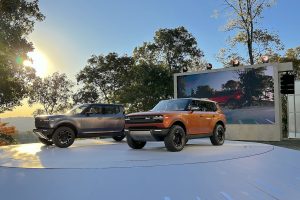
The design of the two Scout concepts was heavily influenced by the classic Scout II and Scout 80 models.
Don’t confuse Harvester with commonplace plug-in hybrid drivetrains. Those are technically known as “parallel hybrids,” able to deliver torque to the wheels either from electric motors or an internal combustion – or from both power sources simultaneously.
A series hybrid, like Harvester, only uses its electric motors to drive the wheels. But, when the batteries start to drain, the Scout system’s gas engine will fire up to help recharge the pack automatically. You’ll be able to keep driving as long as there’s gas in the tank – and then by refueling if you don’t have a chance to plug into a charger.
The Harvester drivetrain will use a smaller battery pack, Scout officials told us, capable itself of just 150 miles per charge, rather than 350. But, with a full tank of gas, the trucks should be able to keep going for a full 500 miles before refueling and/or recharging.
The good news is that most owners will be able to run daily errands and commutes in zero-emissions mode, or save the battery oack’s charge for clean and near silent off-road use. And, of course, either mode will have the advantage of the incredible instant torque electric motors can deliver – which is great for things like rock-crawling.
Making a profit
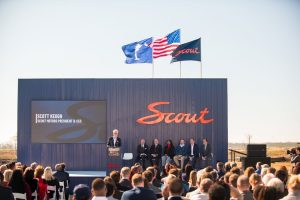
Scout CEO Scott Keogh spoke earlier this year at the groundbreaking for the brand’s new assembly plant.
The first Scout products won’t reach showrooms until sometime in 2027. That might seem a long wait but the automaker is already logging plenty of advance reservations. And there’s a potential benefit, Keogh and others suggested: EVs still make up a modest share of the U.S. market – though demand is expected to increase about 10% this year, to around 1.5 million. Sales of electric pickups haven’t met expectations, and barely totaled 50,000 during the third quarter of 2024. But most analysts – including Scout’s own – expect demand to accelerate over the next several years – in part due to the rapid expansion of a nationwide public charging network.
Scout has to hope that’s the case. During Thursday’s presentation, the brand’s CEO stressed its goal of being in the black during its first full year on the market.
No one at Scout is talking hard sales numbers but Keogh confirmed that the new assembly plant in South Carolina eventually will be “ramped up” to a capacity of more than 200,000 vehicles annually – and likely 250,000 other sources told us. Employment will ultimately reach 4,000 only when the demand is there. Expect to see production start on one shift. And to help turn a profit, Keogh said, Scout’s business and product development teams have taken steps to hold down the cost of parts purchasing and manufacturing.
Some industry watchers have speculated Scout might add products for other brands at the new South Carolina plant, possibly EVs for the Volkswagen brand. That would be next to impossible, said one senior source, speaking on background. A key reason: no other VW brand currently produces or sells body-on-frame products. Unless there are dramatic changes to come, it will be an all-Scout brand operation.
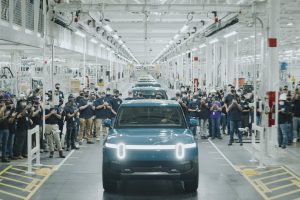
You won’t see Rivians roll out of the new Scout plant, stressed Keogh. But Rivian software may show up in the Scout Terra and Traveler models.
What about Rivian?
You might recall that Volkswagen announced a deal with start-up EV maker Rivian last June that could be worth as much as $5 billion if everything eventually comes together. The deal begins with an initial $1 billion that could be converted to Rivian shares by this coming 1 December, with another $1 billion to follow in 2025 and again in 2026. The two carmakers also will create a joint venture in 2026, with VW investing $2 billion more, focused on the creation of new electrical architecture and software technology.
There were initial questions that this deal could short-circuit plans for Scout or, moving in another direction, that Scout might wind up being little more than a hollow brand serving as a front for Rivian products. The answer to both questions: “wrong,” according to Keogh, Benjamin and others. While the old adage is that “you can never say never,” Scout will remain Scout for the foreseeable future.
“We have no interaction with Rivian the car company,” said Keogh. That might seem an odd turn of a phrase but he added that, if the VW/Rivian deal proves fruitful, “Rivian software could eventually be (used) in these vehicles” by the time they reach production. Scout is still working up its own technology and isn’t so proud as to refuse to go with Rivian software if it’s better, he said.

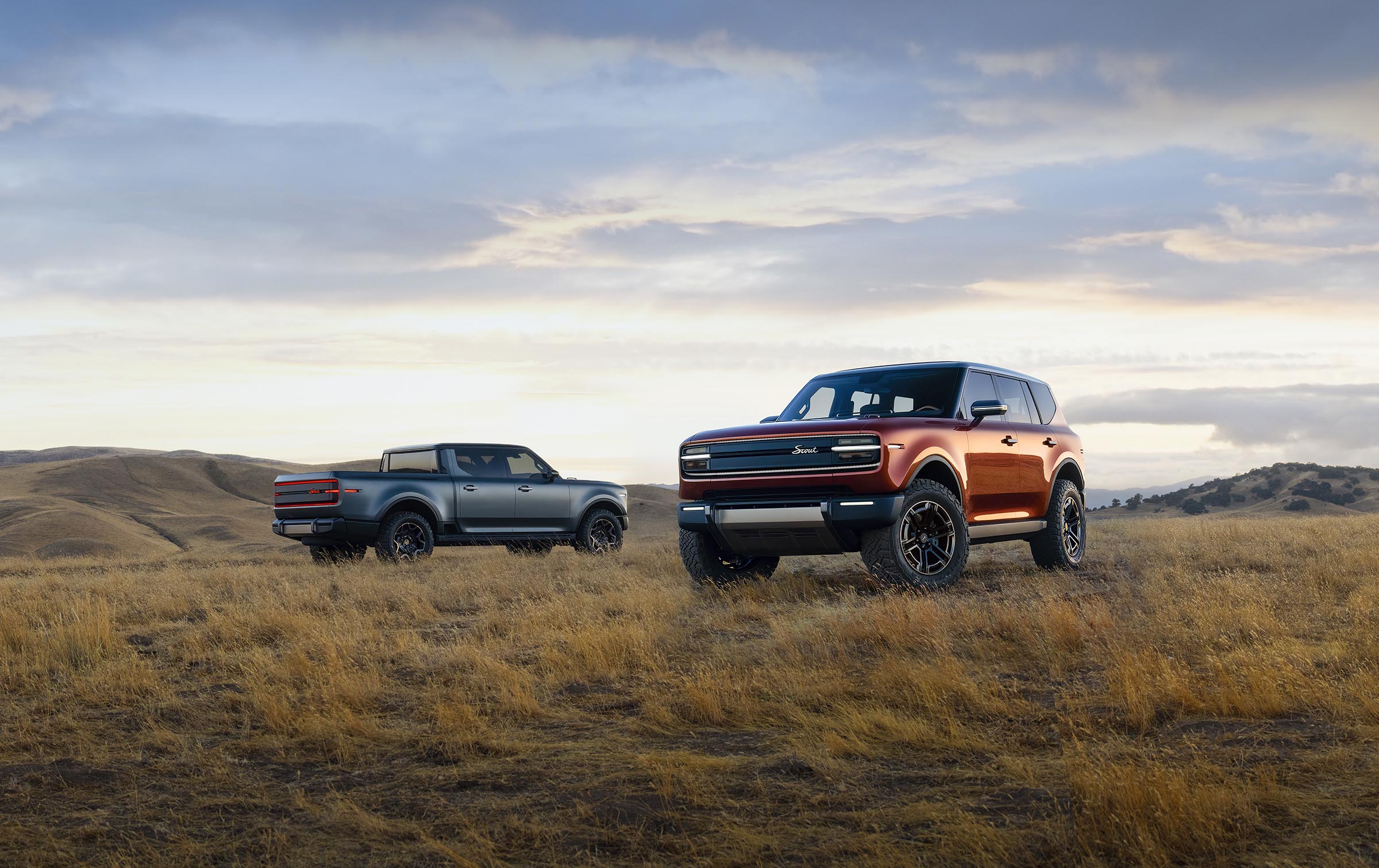
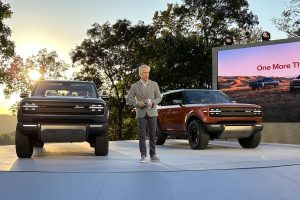
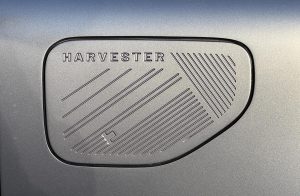
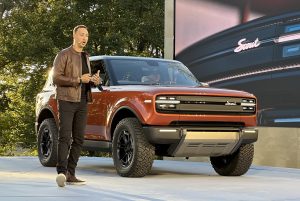
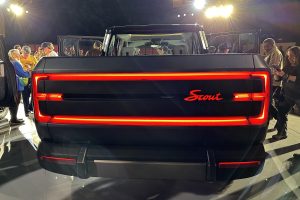

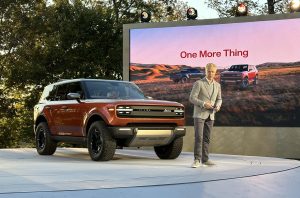
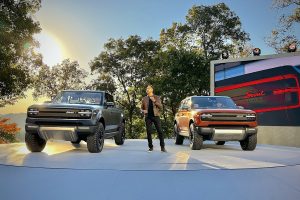

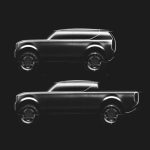
0 Comments